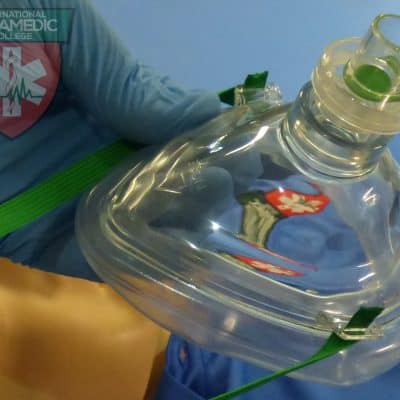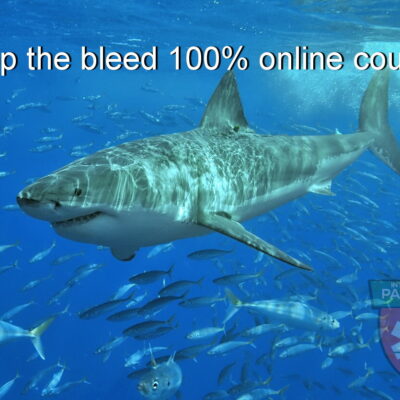Parents First Aid Course
Choking management
Our mums and parents first aid course or our free “what to do until the ambulance arrives” teaches new parents, mums and dads some important lifesaving skills about how to deal with kids in an emergency. Choking and kids is the first of a series of articles by International Paramedic College to help new parents and overcome common childhood emergencies

Choking First aid management and the use of the abdominal thrusts or as Wikipedia calls it theHeimlich maneuver or Heimlich manoeuvre comes up in just about every first aid course.
Do we still use the Heimlich Maneuver?
We have had a question from a student today asking about the treatment for choking and if the Heimlich Maneuver is still used?
It is a question that pops up in nearly every first aid course so I thought I might address it today.
All first aid courses and CPR courses in Australia should follow the Australian Resuscitation Council (ARC) guidelines. The ARC refers to choking as:
Management of Foreign Body Airway Obstruction
The Australian Resuscitation Guideline 4 on airway management says this about choking;
“A Foreign Body Airway Obstruction (FBAO) is a life-threatening emergency. Chest thrusts or back blows are effective for relieving FBAO in conscious adults and children”.
The ARC says that abdominal thrusts are not recommended as 32 cases of the use of the Heimlich manoeuvre have resulted in “Life-threatening complications”
Instead, it says that back blows and chest thrusts should be used in a rapid sequence until the obstruction is relieved. Based on the evidence before it, the ARC says there is insufficient evidence to determine whether back blows or chest thrusts should be used first.
So the ARC does not recommend abdominal thrusts as a treatment for choking.
It goes on to say that the simplest way to assess the severity is to assess for an effective cough. If the person can cough and talk they should try to expel the object by coughing to relieve what they categorise as a mild airway obstruction.
What to do for Choking with a Severe Airway Obstruction?
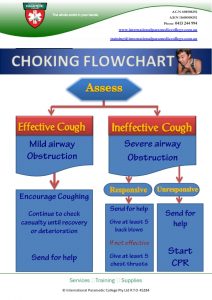 If the person is conscious, The ARC recommends you send for an ambulance and give up to five back blows with the heel of your hand between the shoulder blows with the aim of relieving the obstruction.
If the person is conscious, The ARC recommends you send for an ambulance and give up to five back blows with the heel of your hand between the shoulder blows with the aim of relieving the obstruction.
With infants, gravity helps by positioning the head downwards. In the event that the back blows are unsuccessful, they recommend up to five chest thrusts which are similar to CPR compressions but are described as sharper and at a slower rate. Once again if they relieve the obstruction you don’t need to complete the cycle
You can download a flowchart outlining the full current treatment on choking from the ARC website here
I recommend the Kids Health website of the Children’s Hospital at Westmead for a couple of great reasons. You can download a factsheet about choking and importantly you can look at preventative strategies and a choke check tool. We often say “prevention is better than cure”
Also, it has a fantastic free online training module of how to help a choking baby or child. This is a great resource and I thoroughly recommend it.
Also, each guideline on the ARC website lists the evidence to support the ARC’s conclusions.
I ask people in our first aid course to be prepared to do CPR if required. It might be time to update or refresh your First aid qualifications with a local course
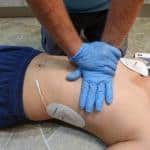
A survey by the children’s hospital found 8% of parents in Australia had done CPR on a child
It is a fear all parents have, I have it too. Anecdotally, I take some solace in the fact that everyone who I have asked who has treated a choking child tells me the object came out.
Download a free choking wall chart here
International Paramedic College has created a free wall chart you can download here
References:
Australian Resuscitation Council (ARC)
-
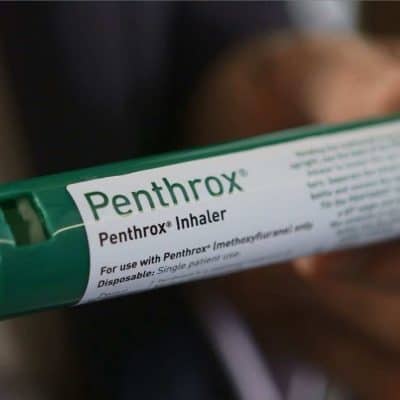
100% Online Course PUAEME008 Provide pain management
$148.00 -

100% Online Crisis Mental Health First Aid
$245.00 -
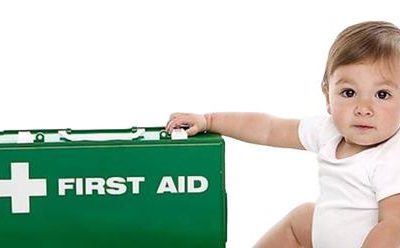
Baby Toddler Kids First Aid for Parents Carers
$40.00 -
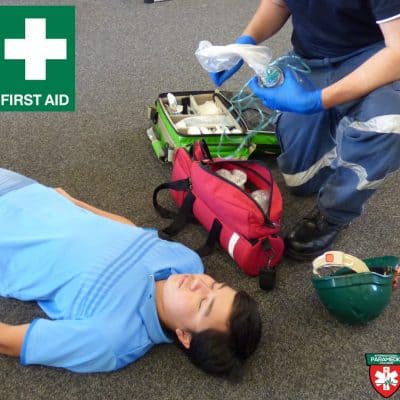
Ballina First Aid Courses
-
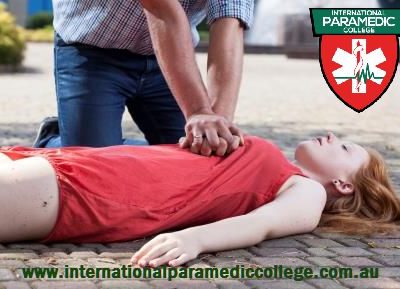
Byron Bay CPR Courses HLTAID009
$84.00 -

Byron Bay First Aid Courses HLTAID011
$168.00 -

CPR Courses Ballina
$84.00 -

CPR Training Lismore HLTAID009
$84.00 -

First Aid Training Course Alstonville HLTAID011
$158.00 -
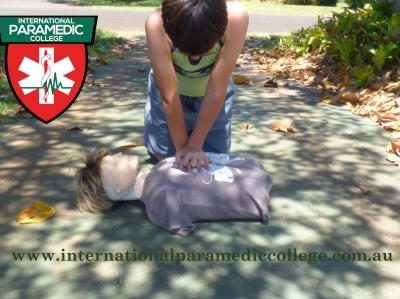
Grafton CPR HLTAID009
$79.00 -
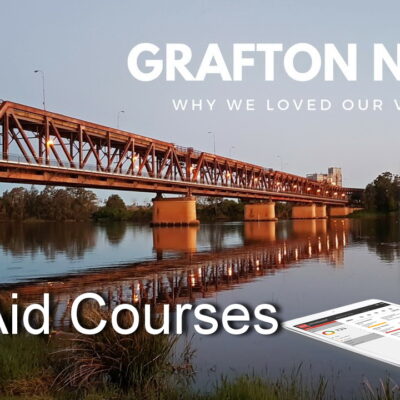
Grafton First Aid Courses HLTAID011
$158.00 -
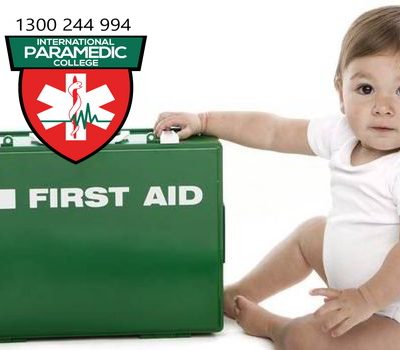
HLTAID012 – Provide First Aid in an education and care setting – Alstonville/Wollongbar
$188.00

